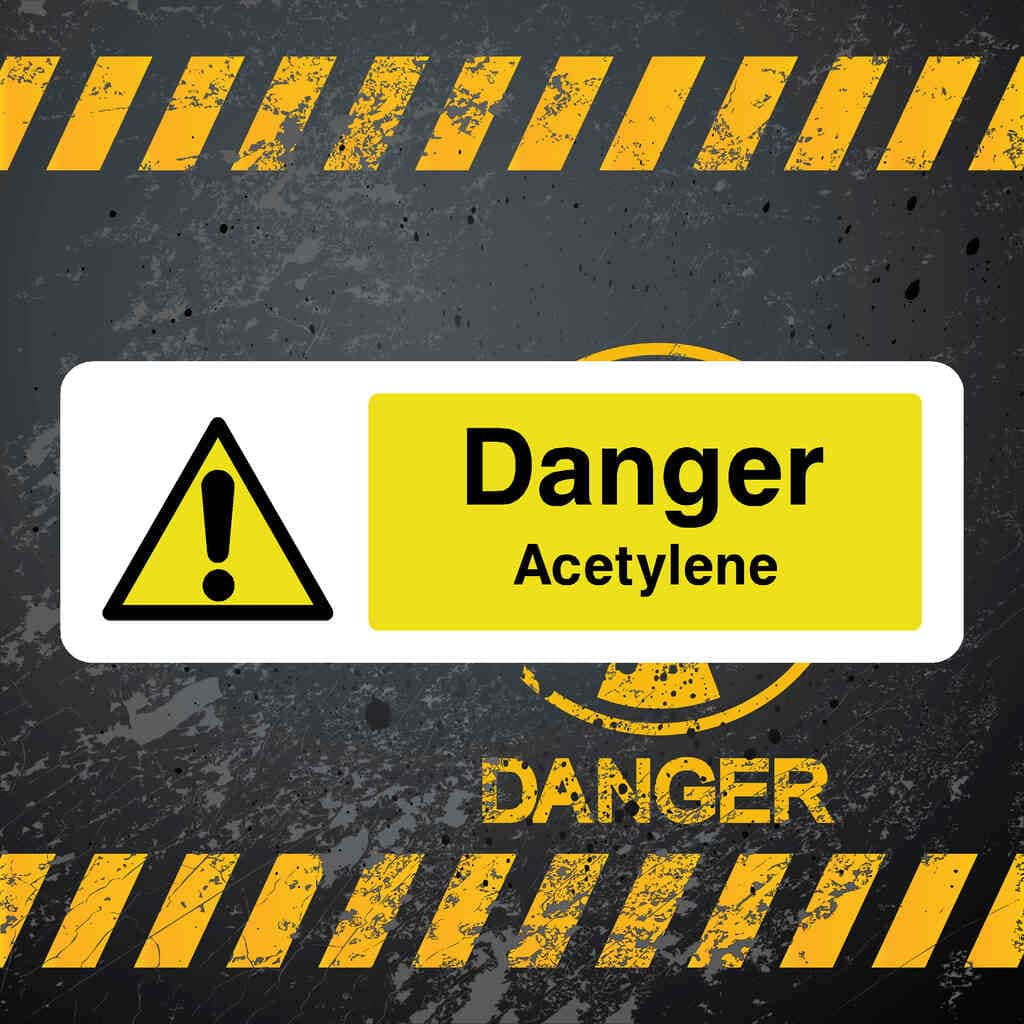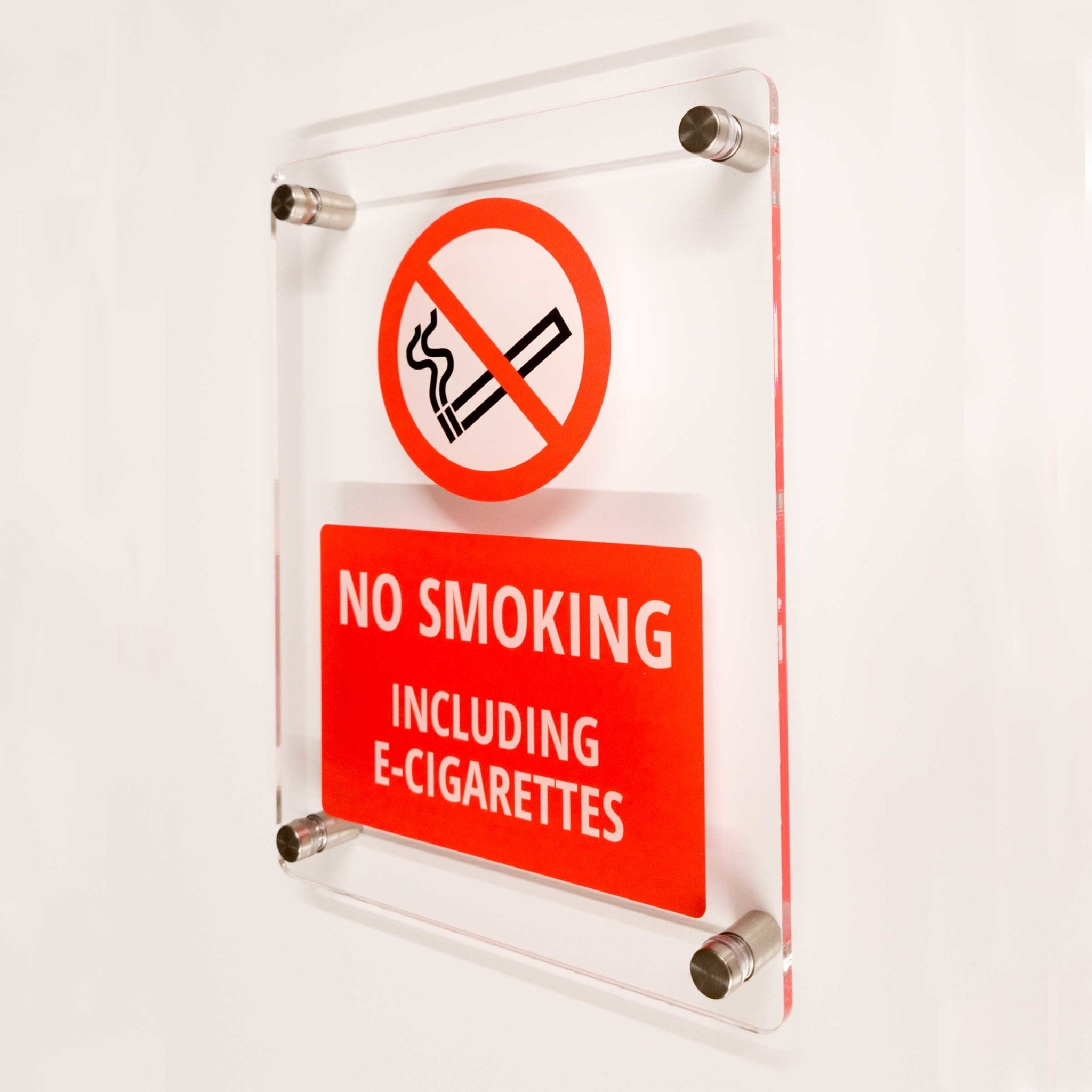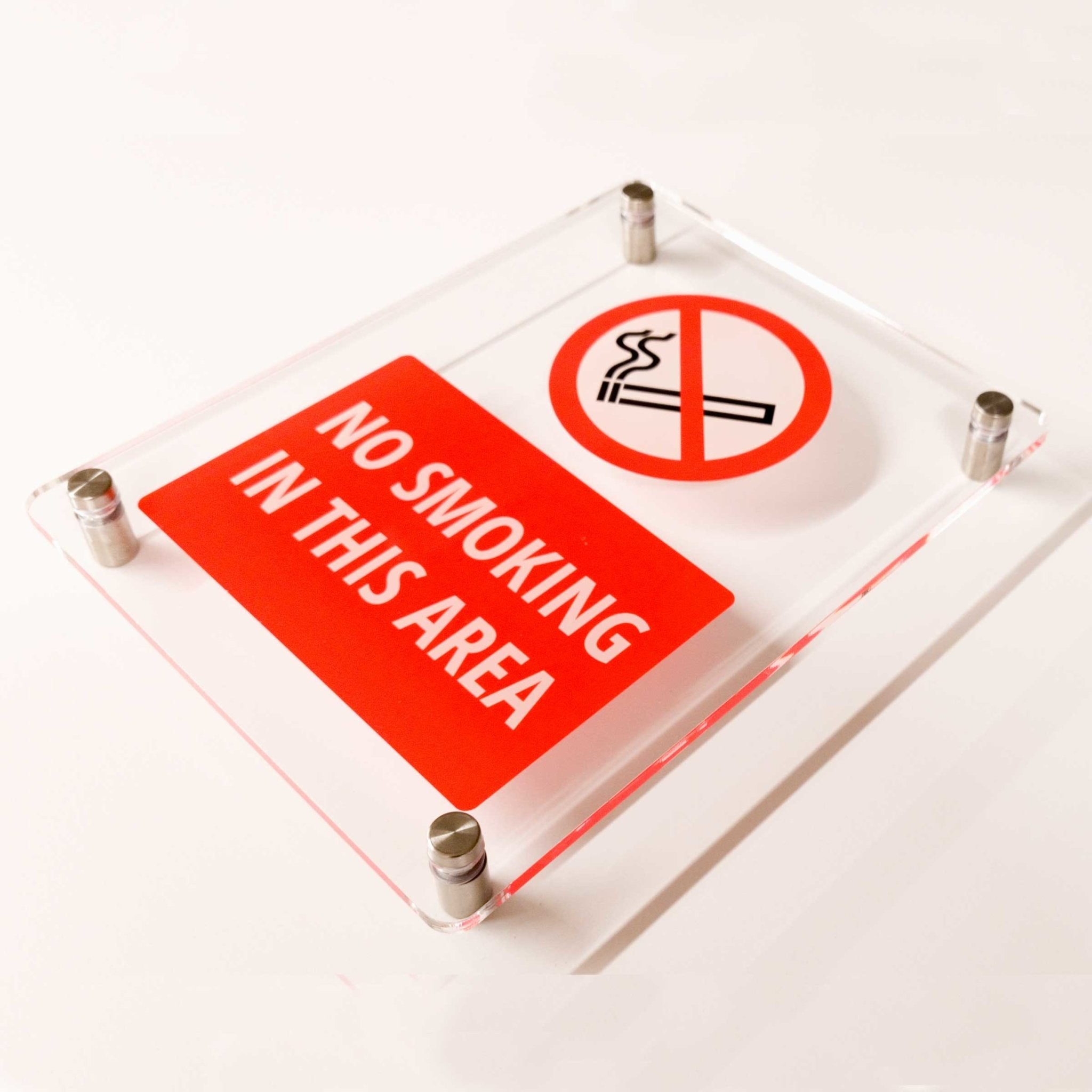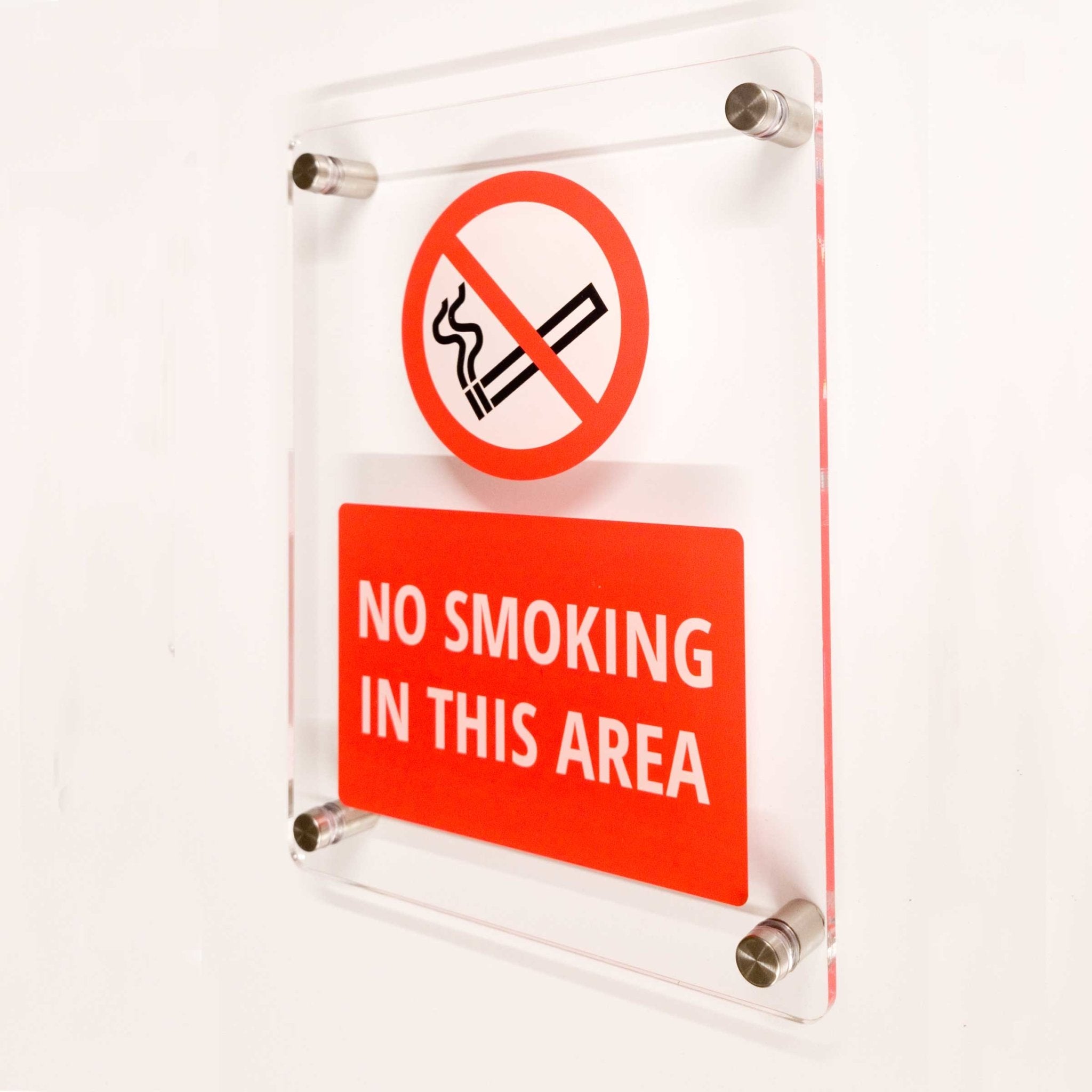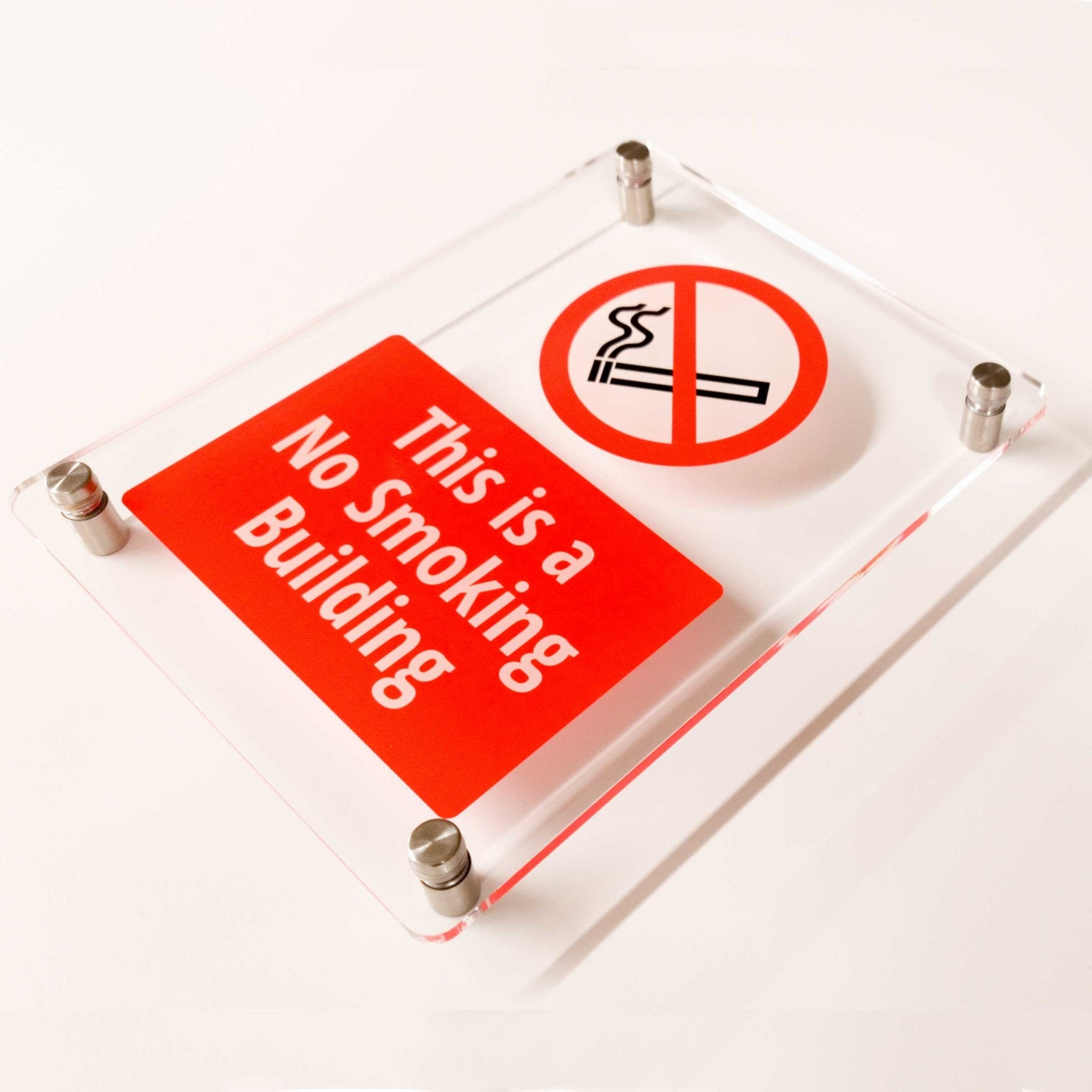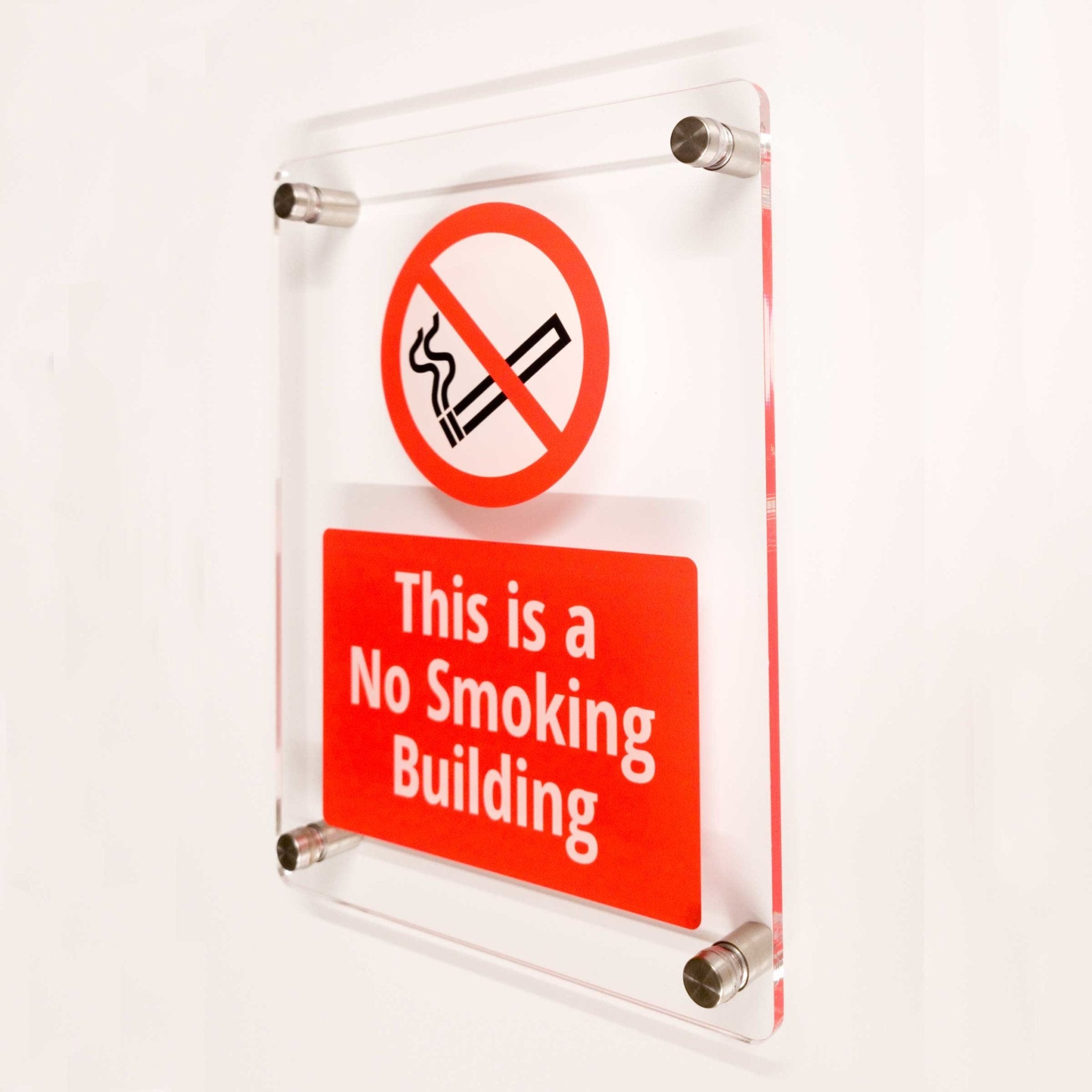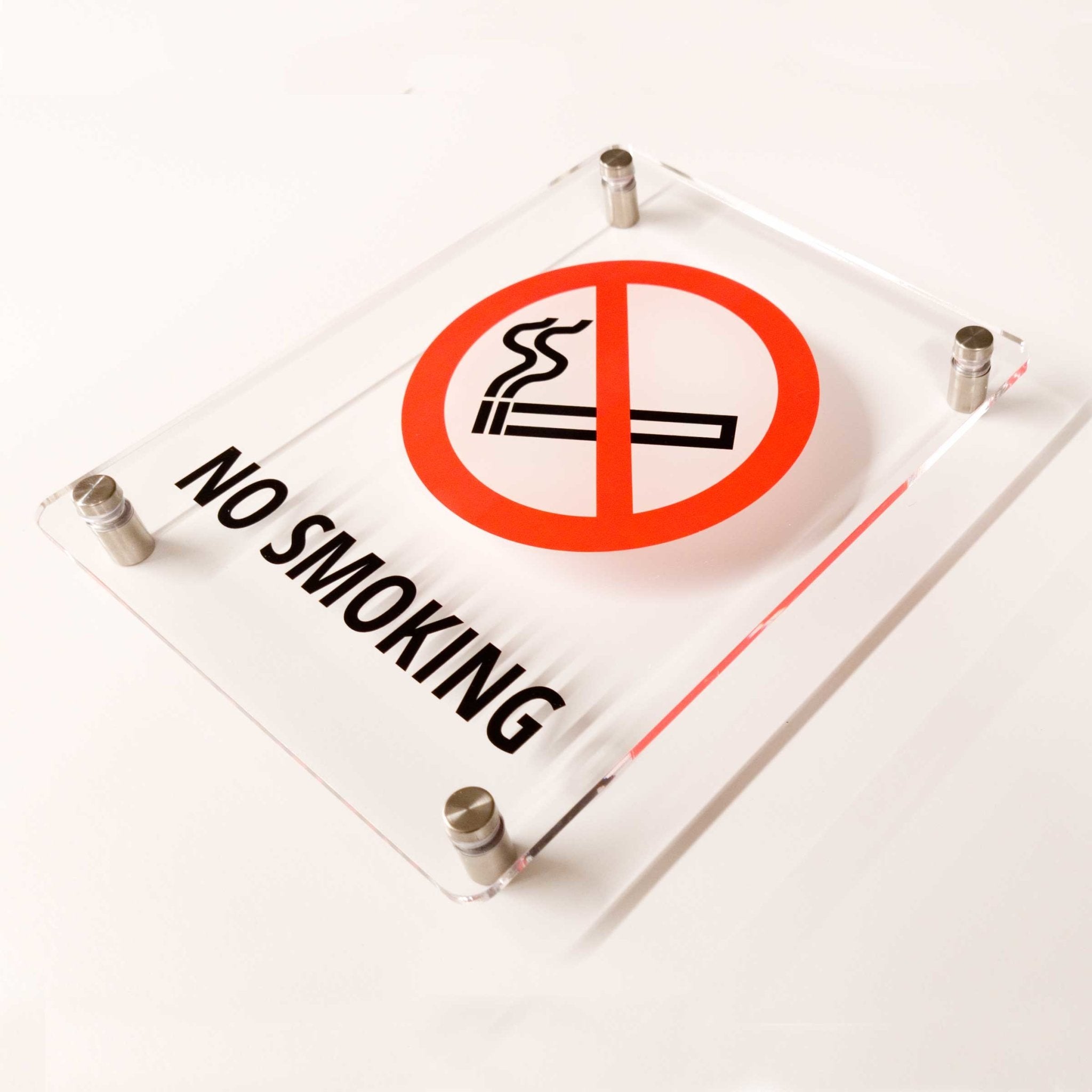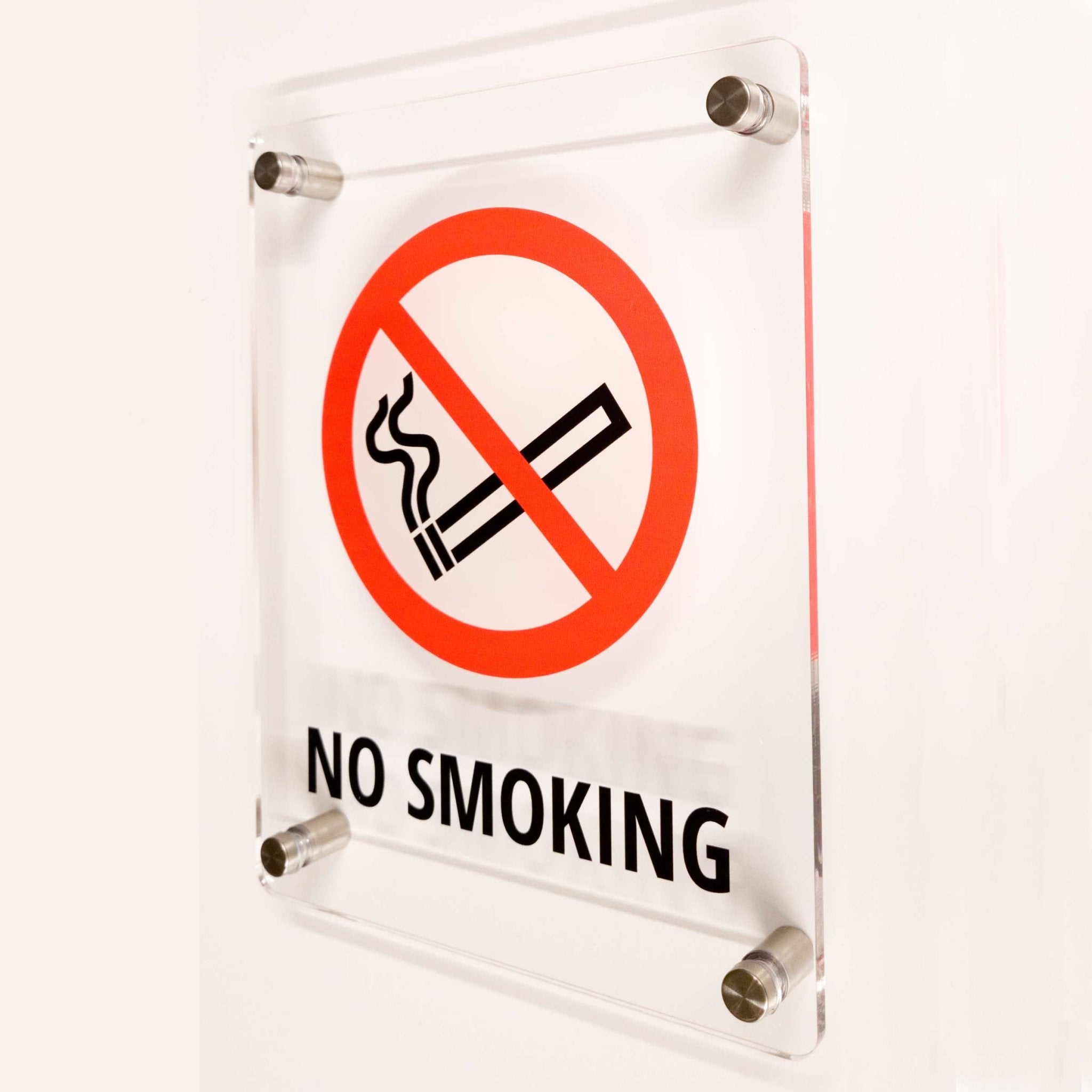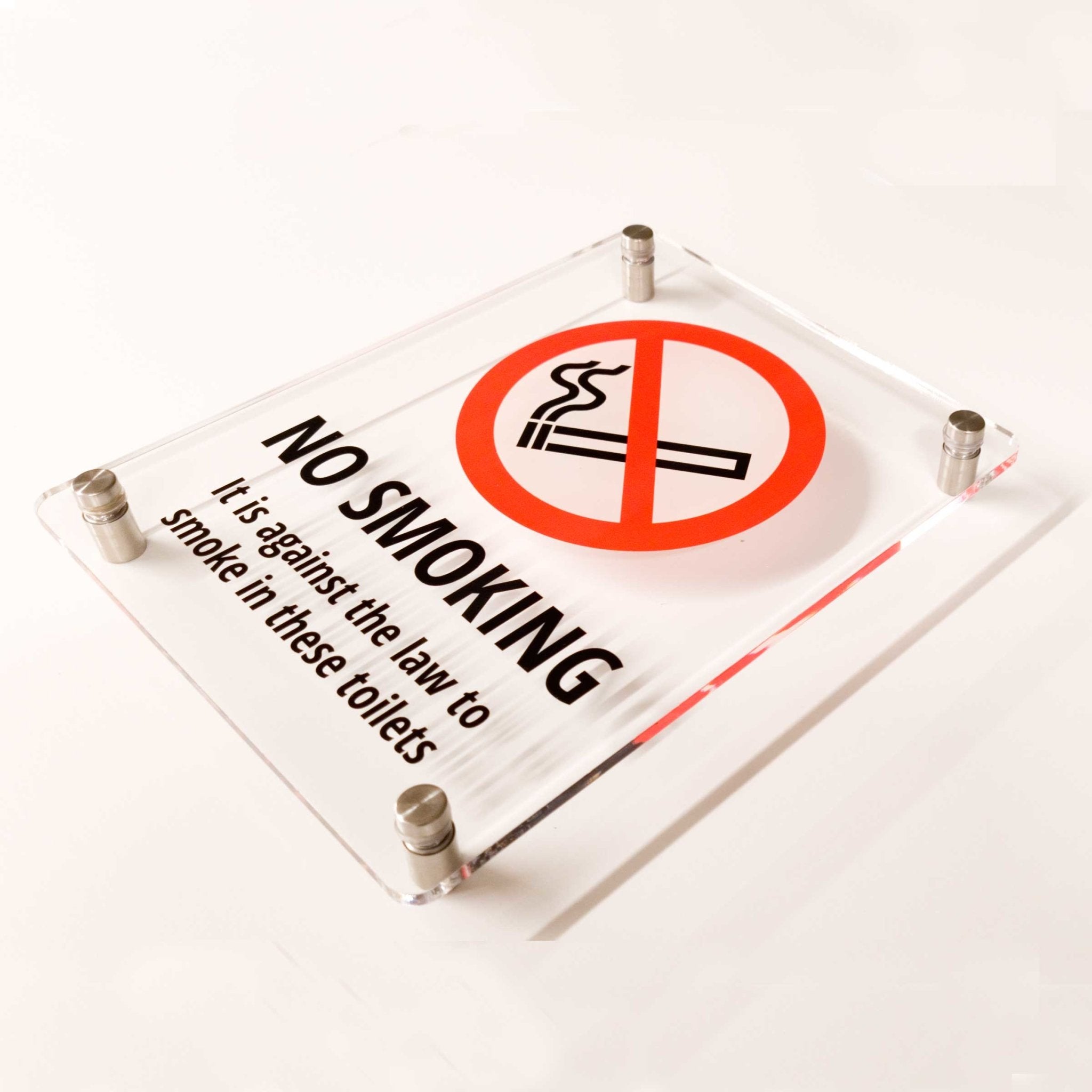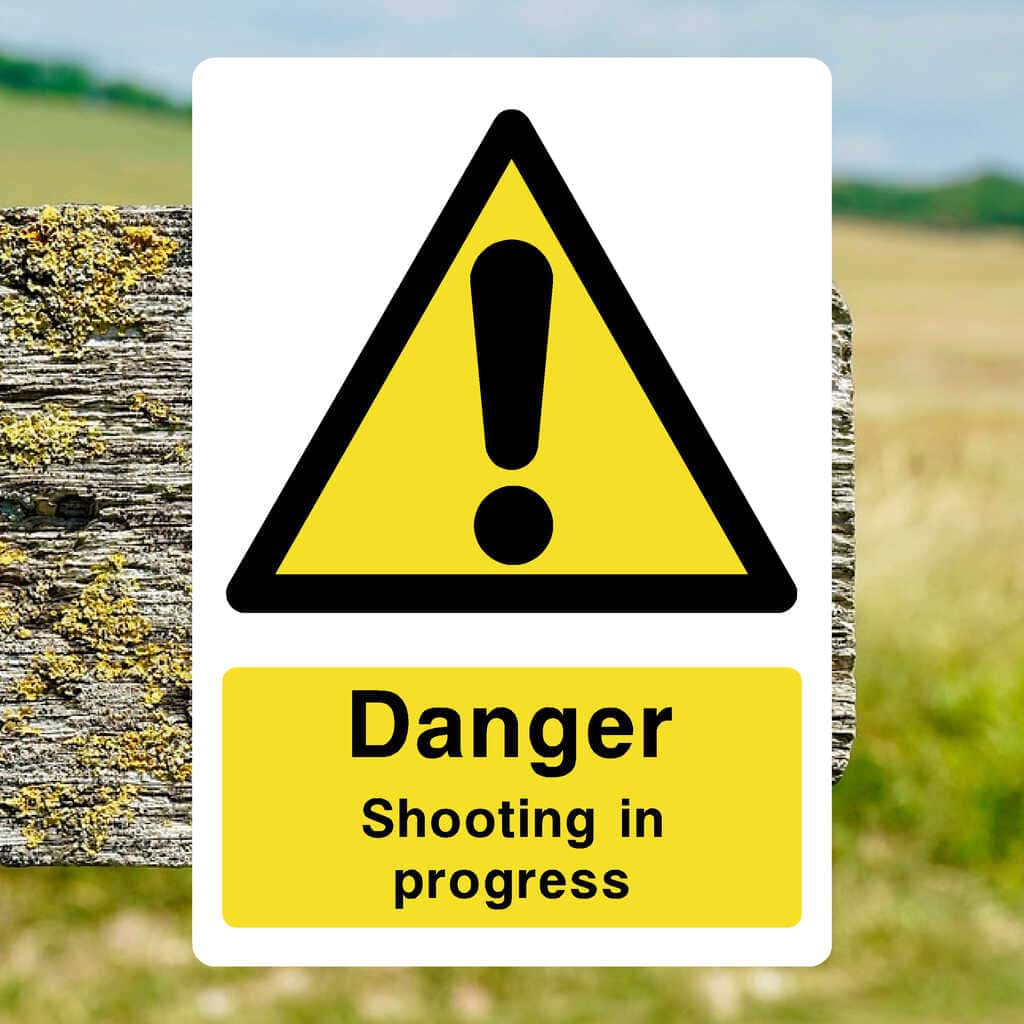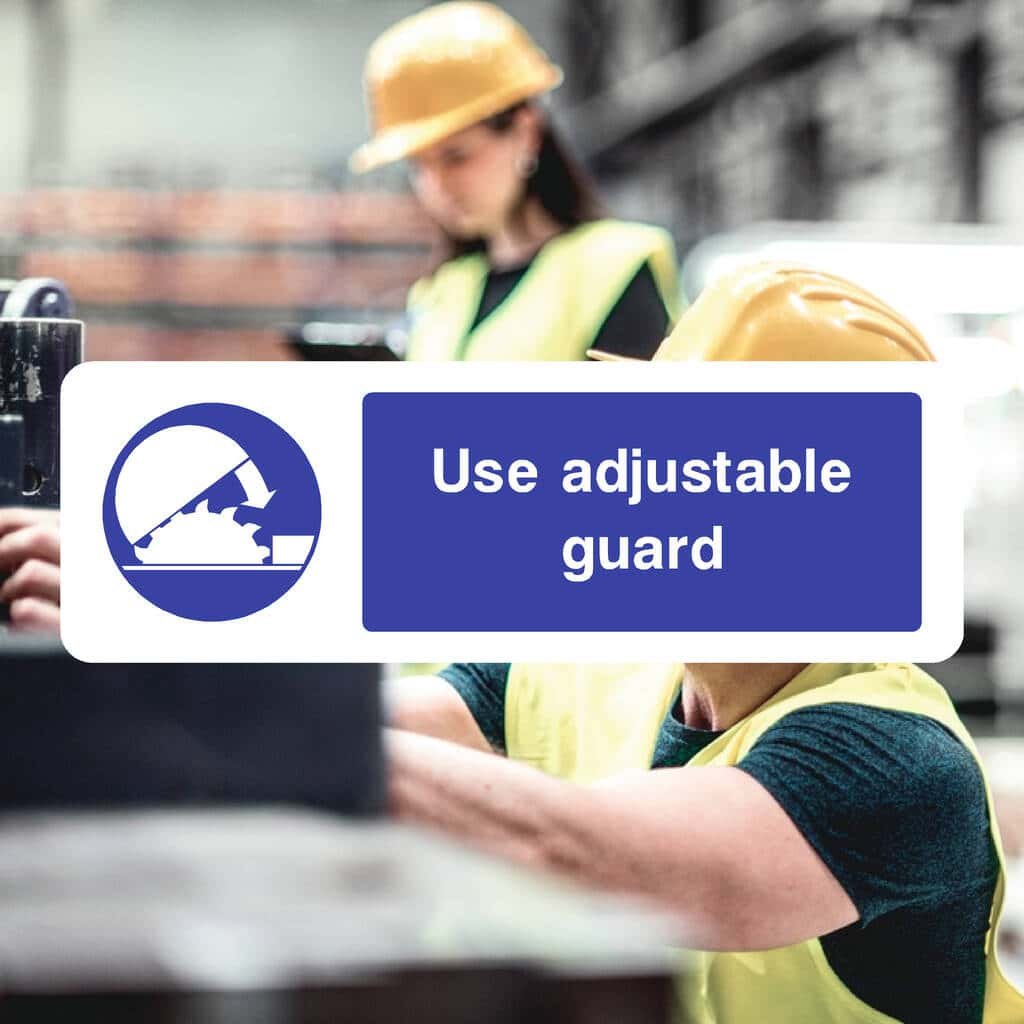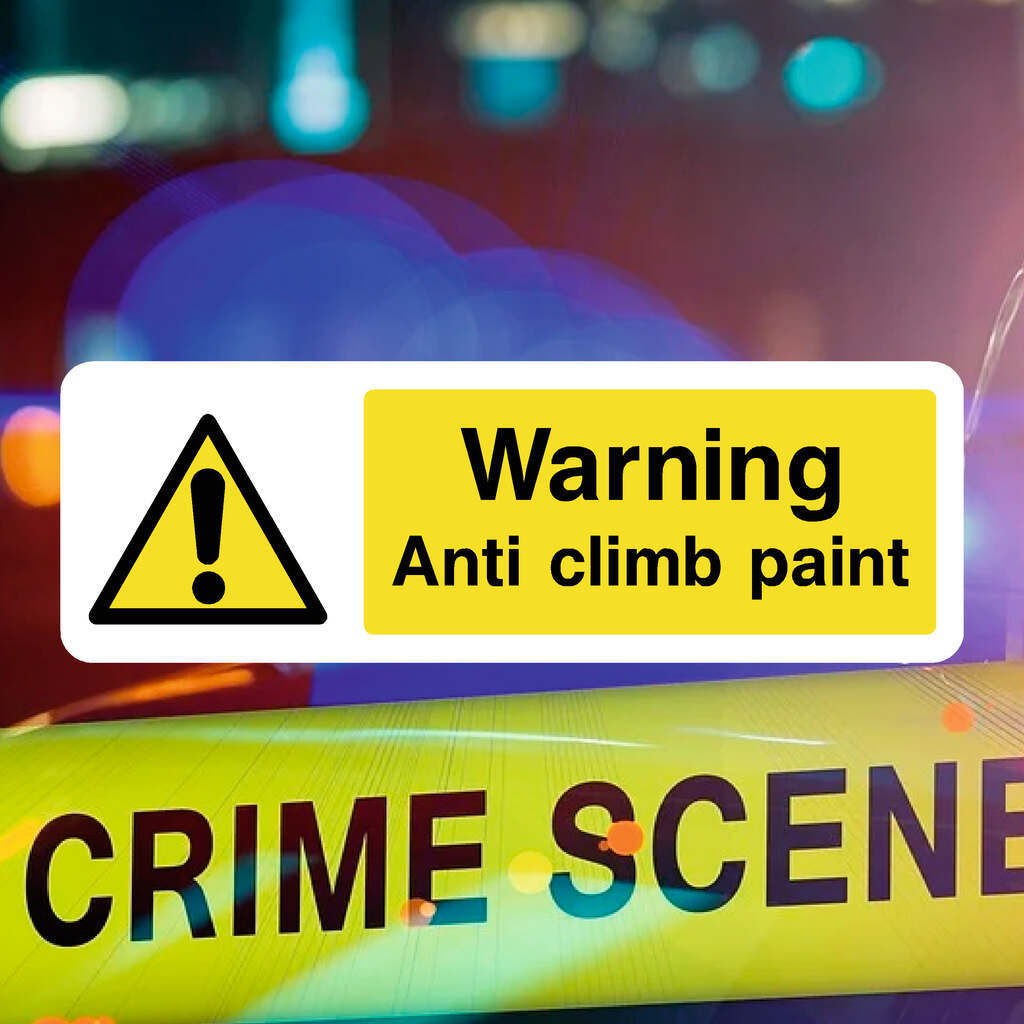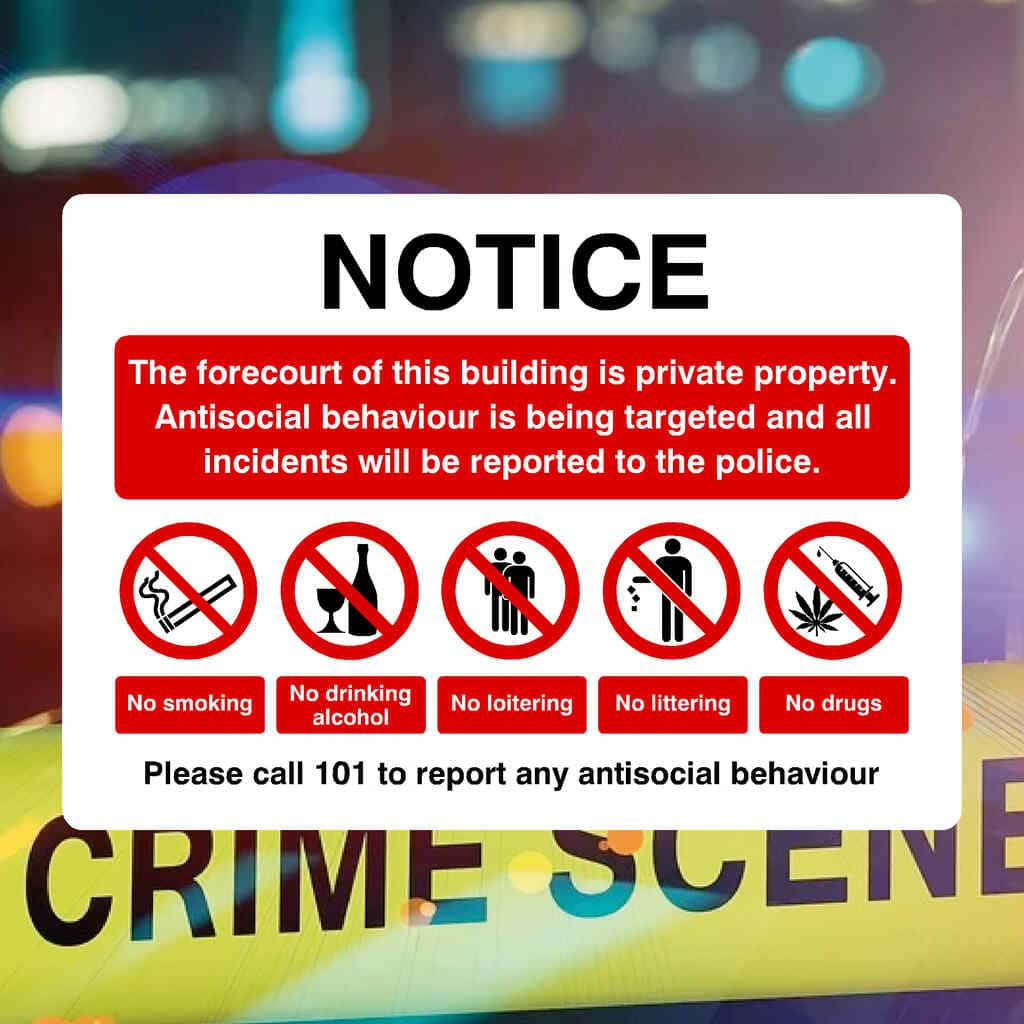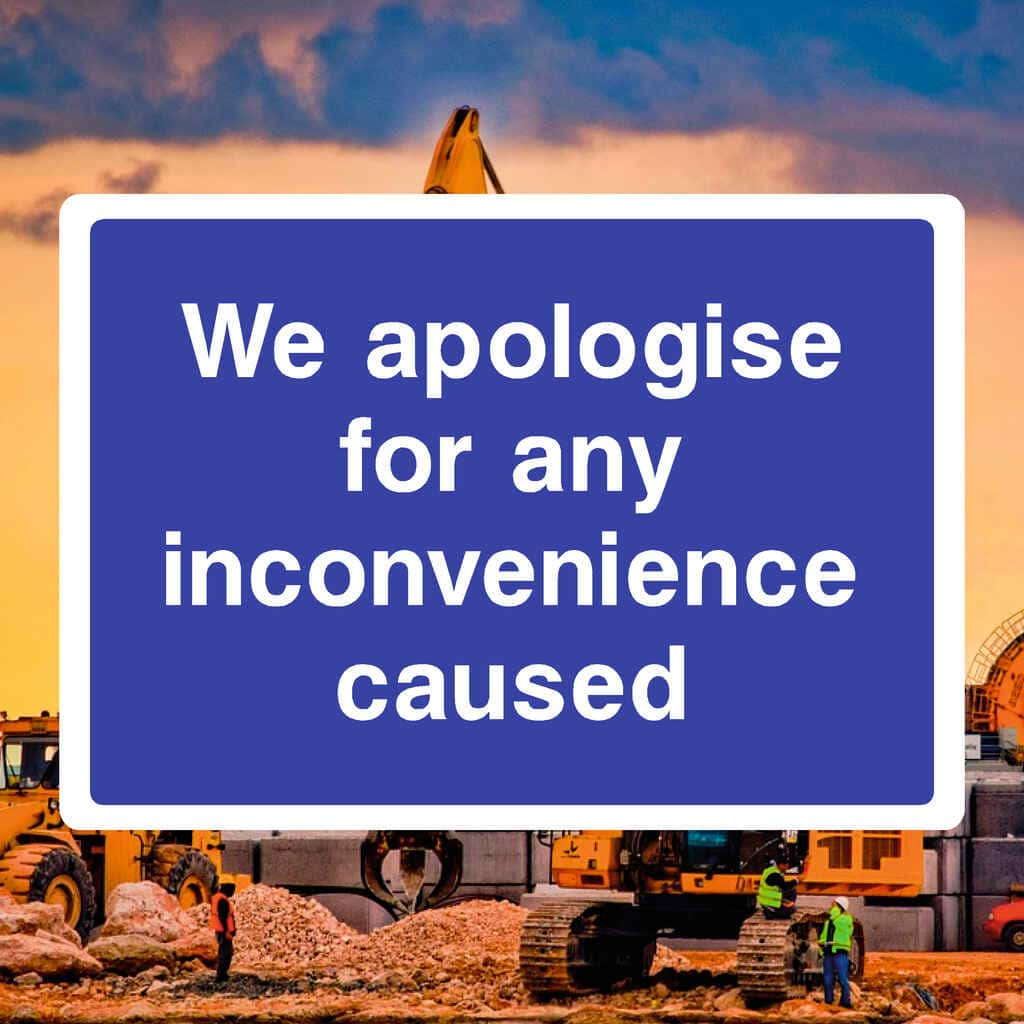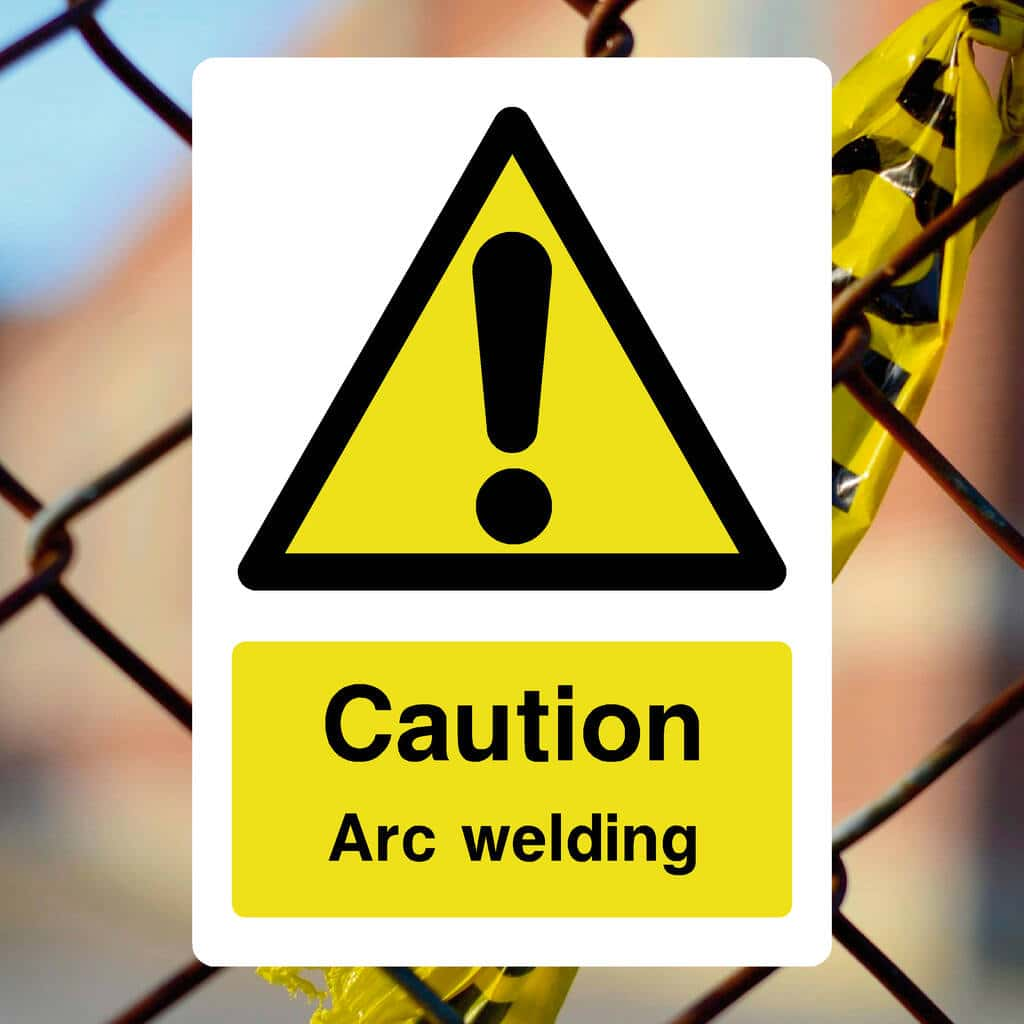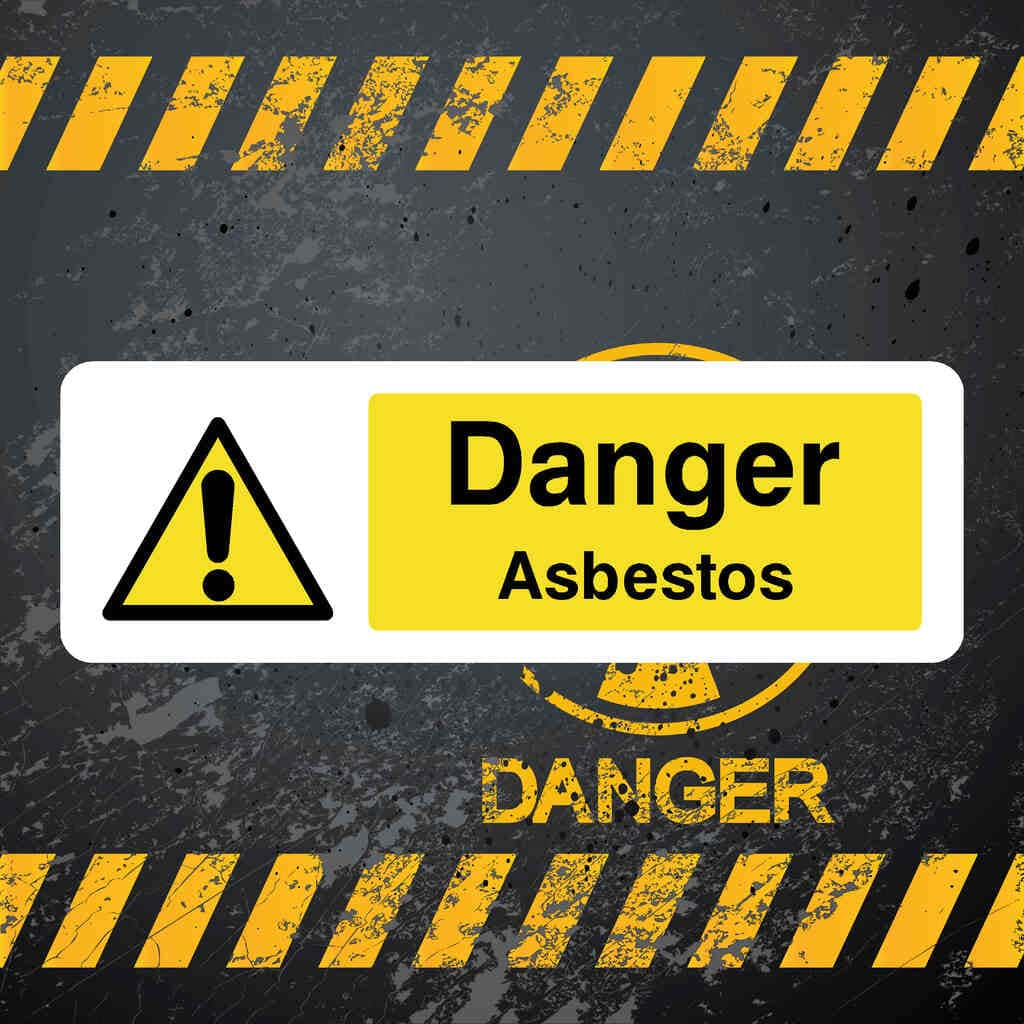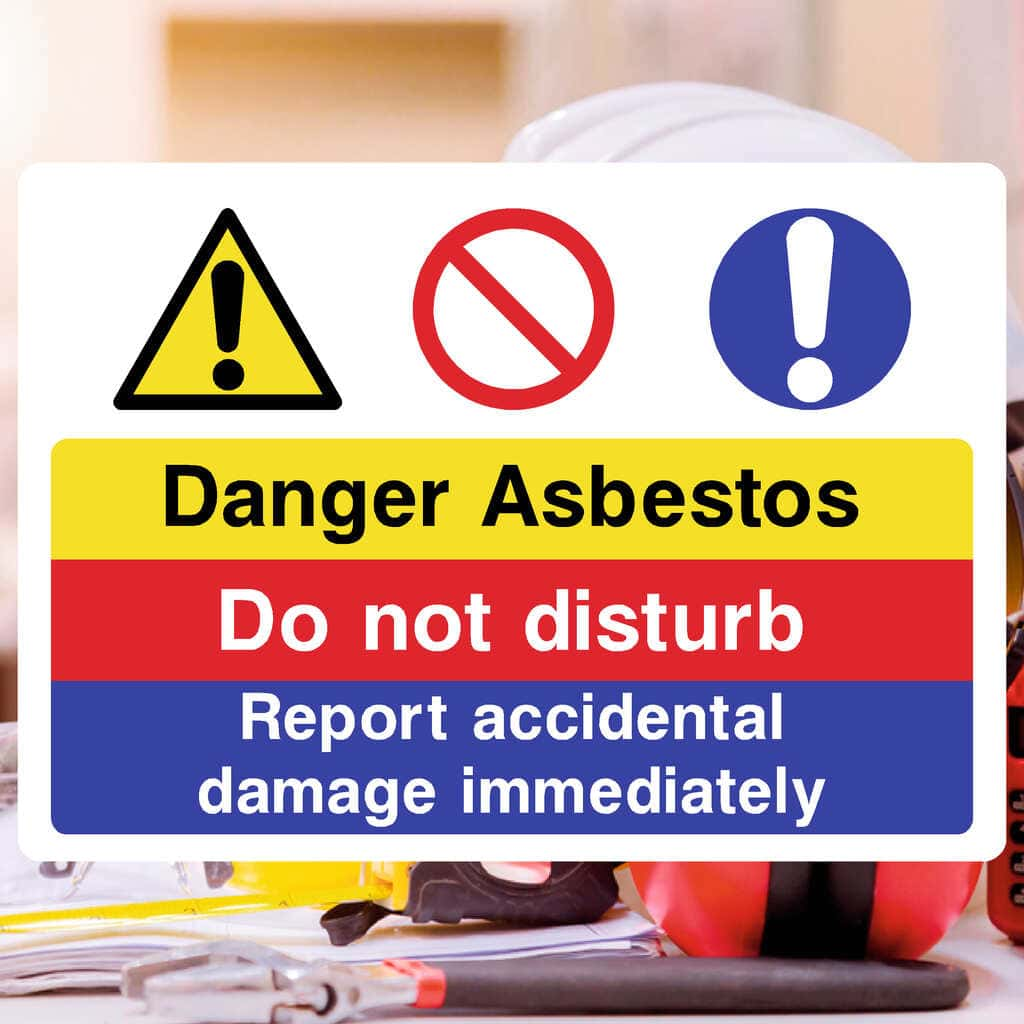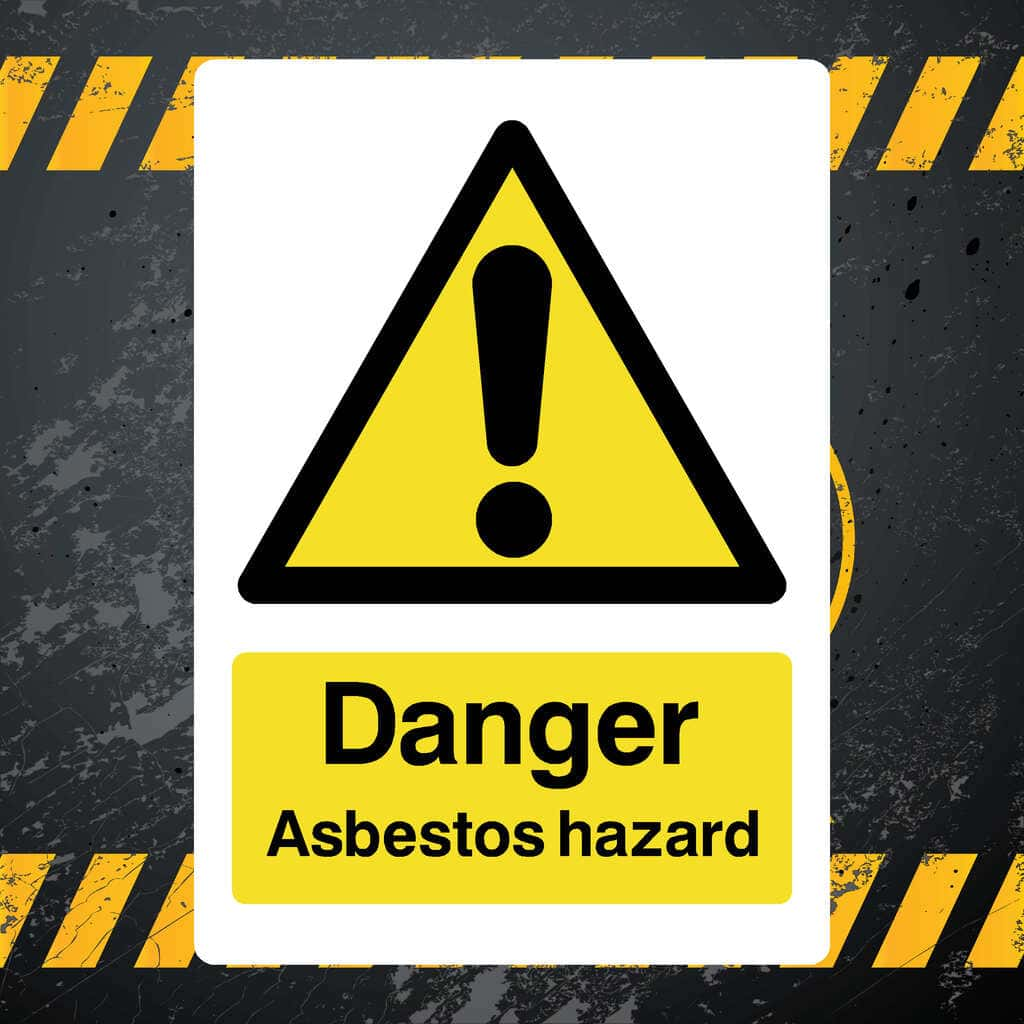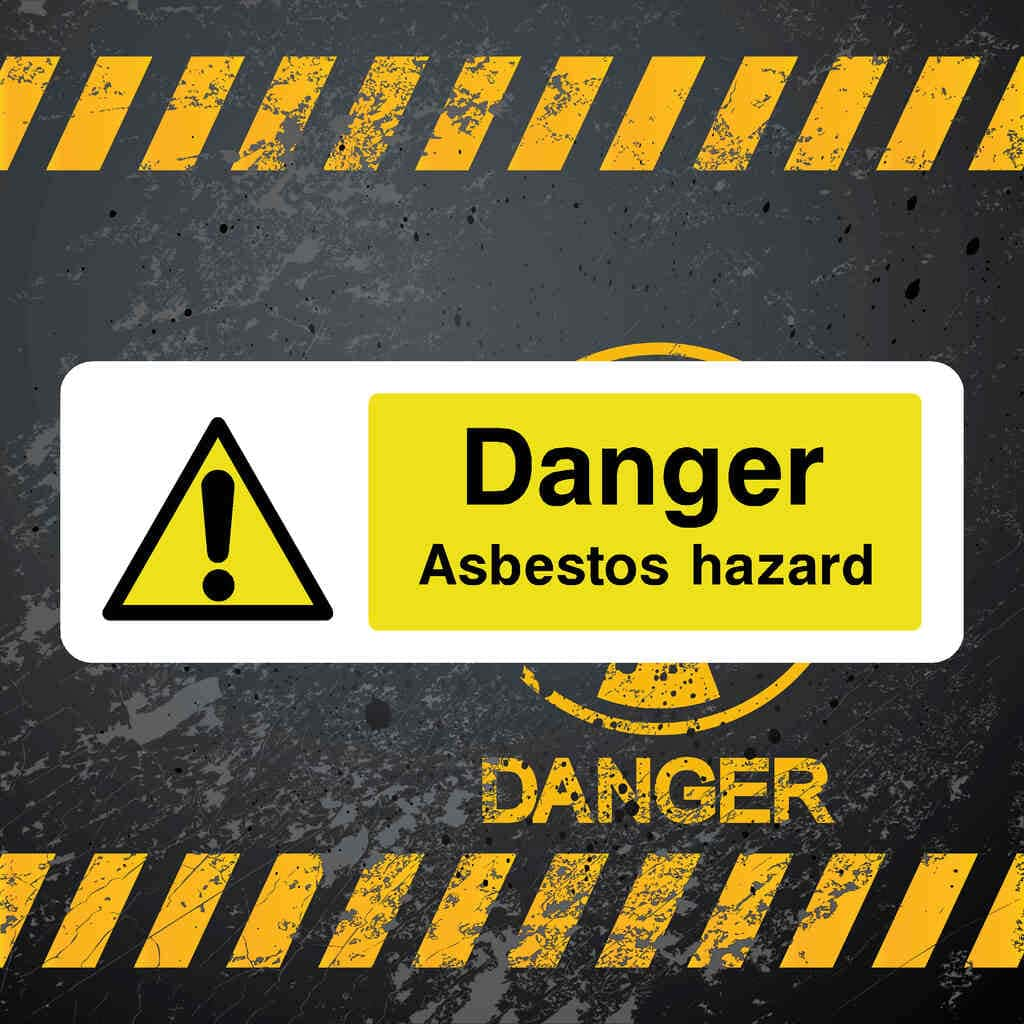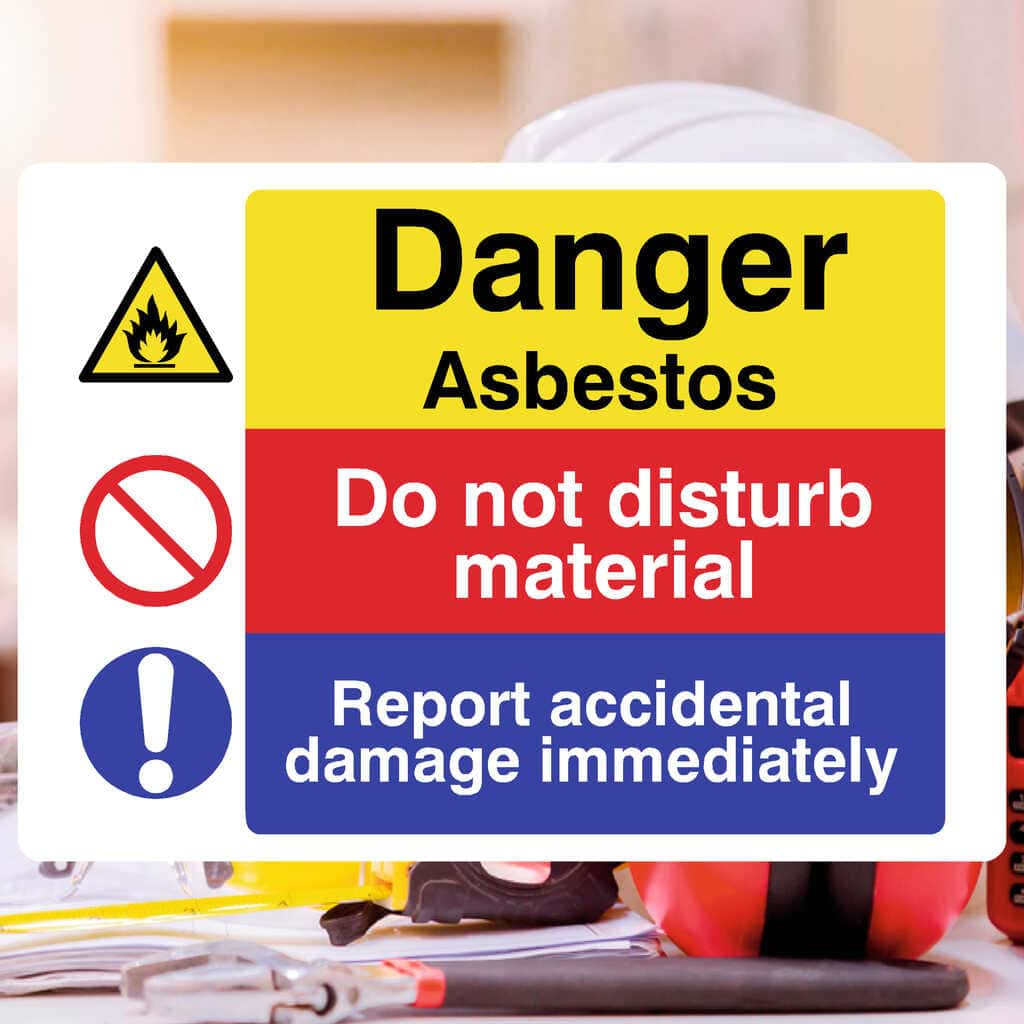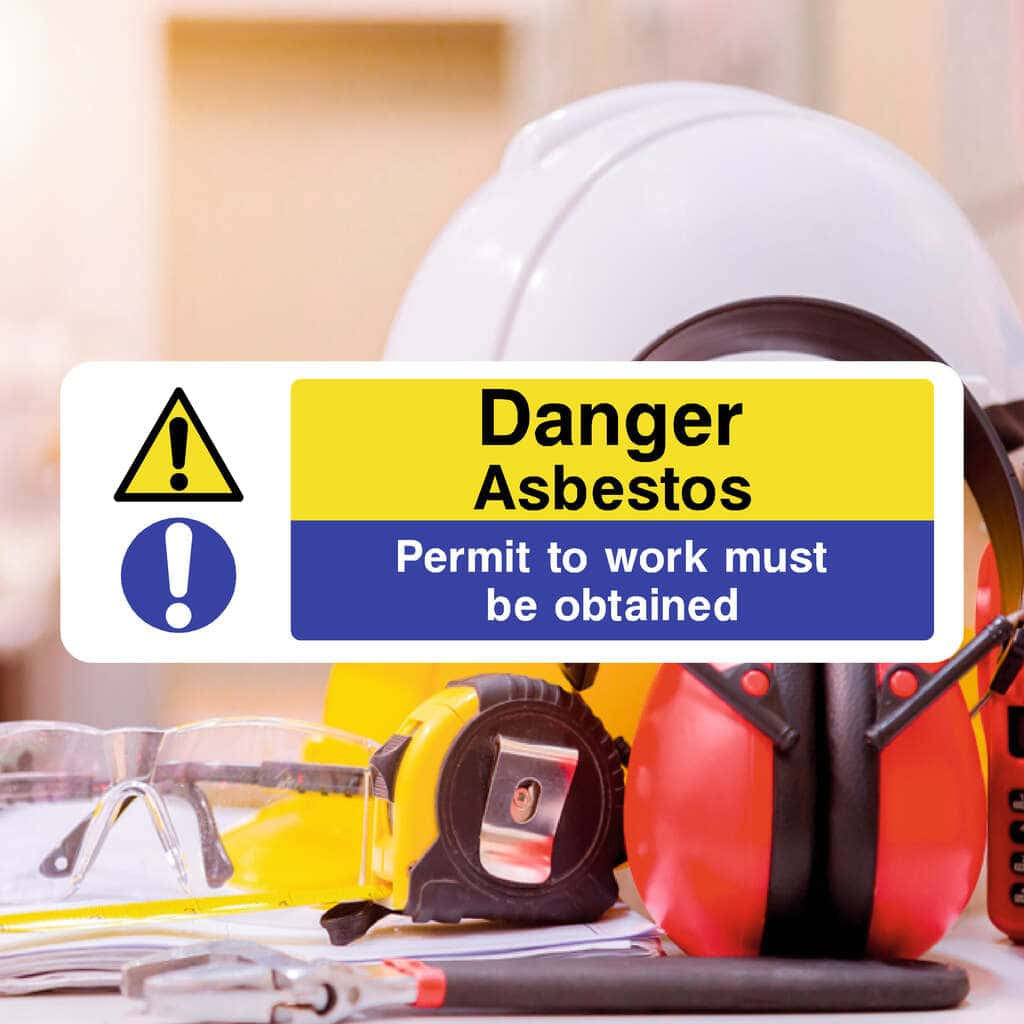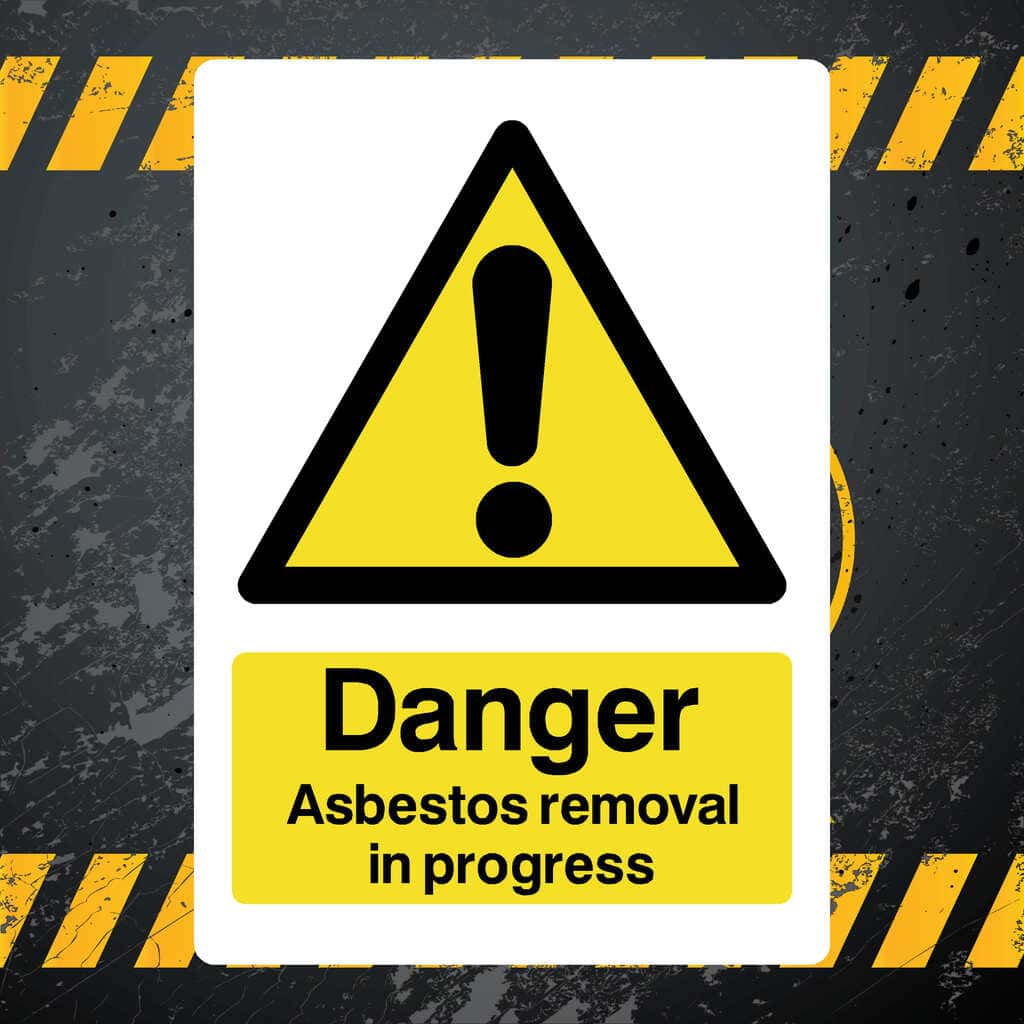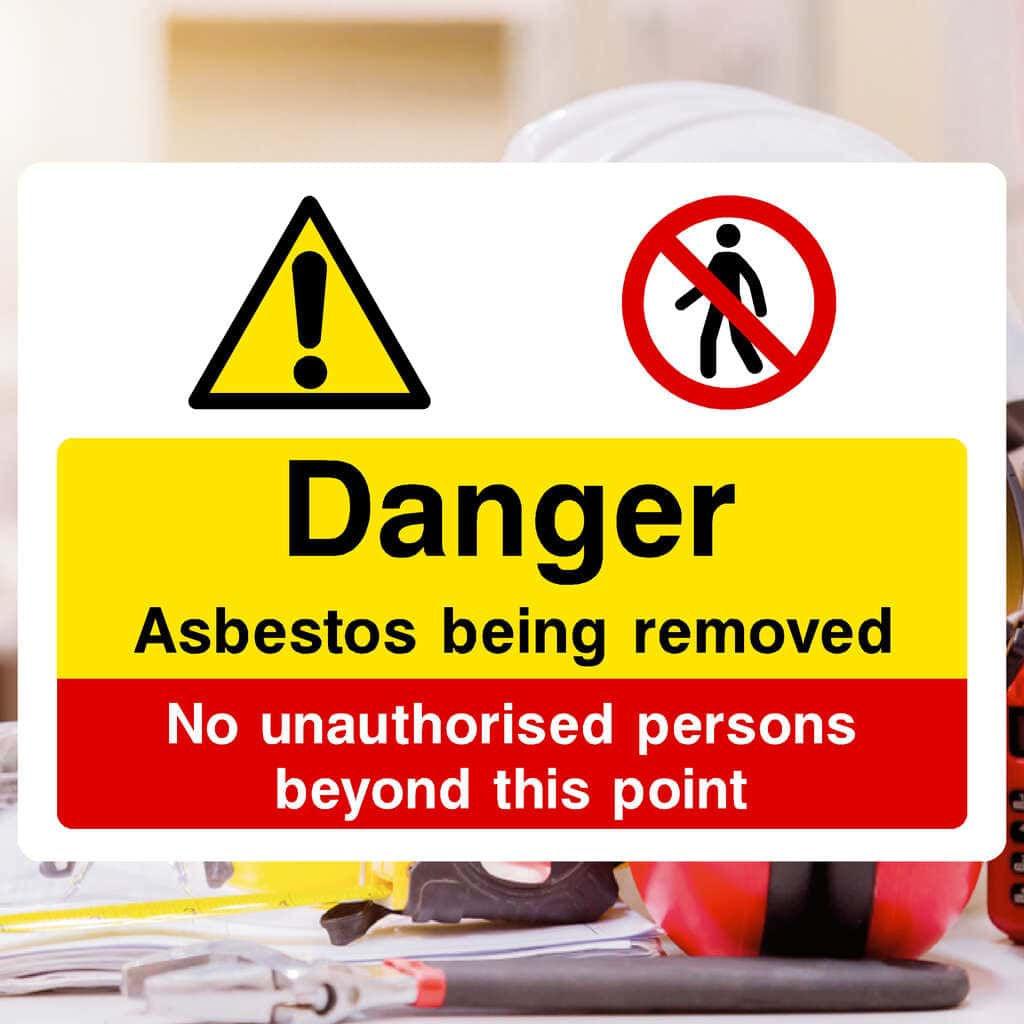Hazard Signs
Browse our wide range of hazard signs, all designed to UK HSE and ISO‑7010 standards. Quickly warn staff and visitors of risks — electrical, chemical, biological, slip/trip hazards and more. Durable, clear and down‑to‑earth signs made for safety-first workplaces.
Hazard signs, also known as hazardous signs or warning signs of hazards, are visual tools used to communicate potential dangers and risks in a specific environment. They are a crucial aspect of safety management and alert individuals to hazardous conditions, substances, or activities. The Health and Safety Executive (HSE) provides guidelines regarding using and displaying hazard signs to ensure compliance with safety regulations and standards.
-
400 V Danger Sign -
Acetylene Hazard Sign -
Acid Warning Sign -
Acrylic No Smoking & Vaping Sign -
Acrylic No Smoking Area Sign -
Acrylic No Smoking Building Sign -
Acrylic No Smoking Sign V4 -
Acrylic No Smoking Toilet Sign -
Active Shoot Warning Sign -
Adjustable Guard Sign -
Anti Climb Paint Warning Sign -
Anti Social Behaviour Sign -
Apologise Inconvenience Sign -
Arc Welding Warning Sign -
Arc Welding Warning Sign V2 -
Asbestos Danger Sign -
Asbestos Do Not Disturb Sign -
Asbestos Hazard Sign -
Asbestos Hazard Sign Landscape -
Asbestos Hazard Sign v2 -
Asbestos Permit To Work Sign -
Asbestos Removal In Progress Sign -
Asbestos Removal Warning Sign -
Asbestos Removed Sign
Got a question?
-
General warning signs should be displayed in any area where there is a potential risk to health and safety. Common locations include workplaces, construction sites, warehouses, schools, public areas, and private properties. These signs alert employees, visitors, and the general public to hazards such as slippery surfaces, high-voltage equipment, or dangerous machinery.
-
Warning signs act as a visual reminder of potential dangers, prompting people to take necessary precautions. For example, a "Caution: Wet Floor" sign can prevent slips and falls, while a "Danger: High Voltage" sign ensures that workers avoid electrical hazards. By clearly identifying risks, these signs contribute to accident reduction and improved workplace safety.
-
General warning signs cover a wide range of hazards, including:Slips, trips, and falls – e.g., uneven surfaces, icy pathsElectrical hazards – e.g., live wires, high-voltage areasChemical risks – e.g., corrosive substances, toxic fumesMechanical dangers – e.g., moving machinery, forklift operationsEnvironmental hazards – e.g., deep water, unstable ground
-
Yes, under the Health and Safety (Safety Signs and Signals) Regulations 1996, employers are required to use safety signs where risks cannot be entirely avoided through other means. These regulations align with the Health and Safety at Work etc. Act 1974, which places a duty on employers to ensure a safe working environment.
-
What is the difference between warning, prohibition, and mandatory signs?Warning signs alert people to potential dangers (e.g., "Danger: Asbestos").Prohibition signs instruct people what not to do (e.g., "No Entry").Mandatory signs tell people what actions they must take (e.g., "Wear Safety Goggles").
-
In accordance with BS EN ISO 7010, general warning signs are:Triangular in shapeYellow background with a black pictogram and borderThis standard ensures that warning signs are easily recognisable across different workplaces and public spaces.


